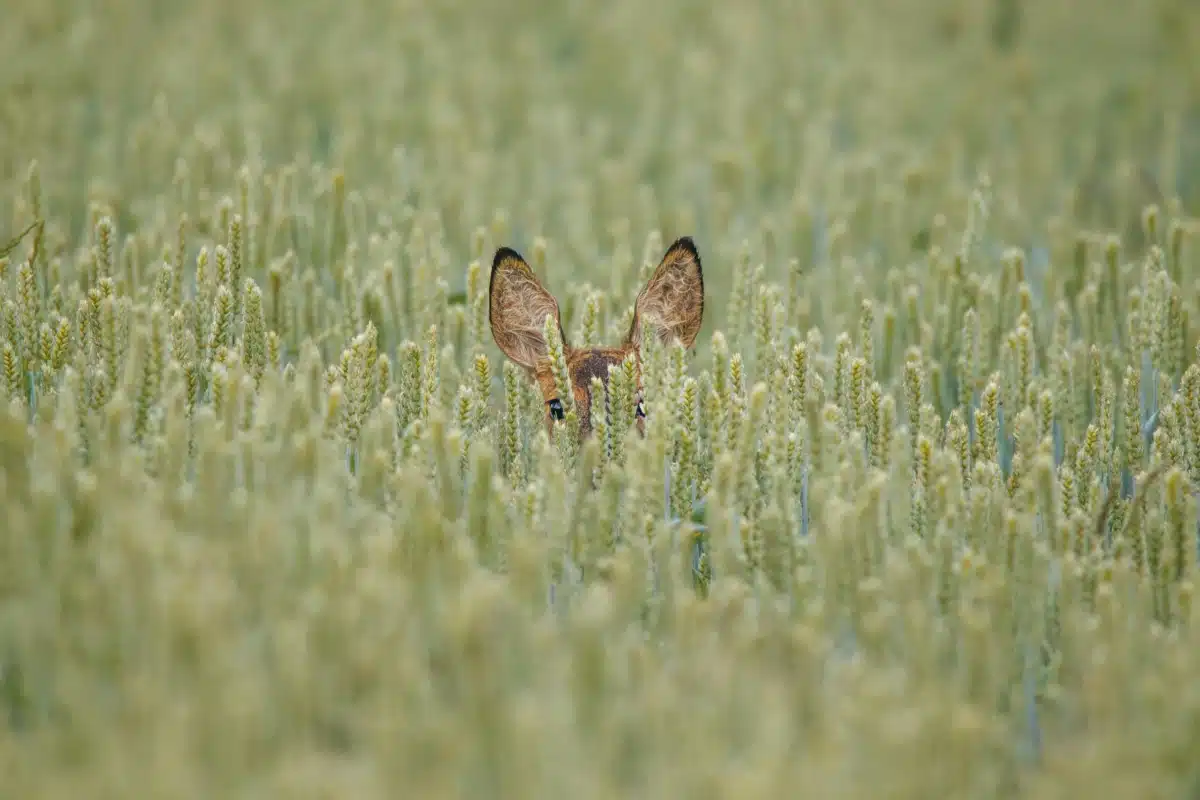With nearly seven million hunters in Europe, hunting is a common activity in many European countries. The EU recognises that hunting provides social, cultural, economic, and environmental benefits in numerous regions. For centuries, hunting, along with fishing, has been among the oldest forms of animal-based food production in human history and continues to be heavily shaped by regional traditions today.
A variety of game species are commonly hunted and consumed across Europe, including roe deer, wild boar, red deer, fallow deer, game birds, and wild waterfowl. Meats obtained from these species are prepared in diverse ways, from raw and grilled to roasted, stewed, cured, smoked, or made into pâtés or sausages and are served both in high-end restaurants and as part of traditional local dishes. Hunting practices and culinary traditions vary considerably between countries and regions, reflecting differences in wildlife populations, cultural preferences, and local regulations.
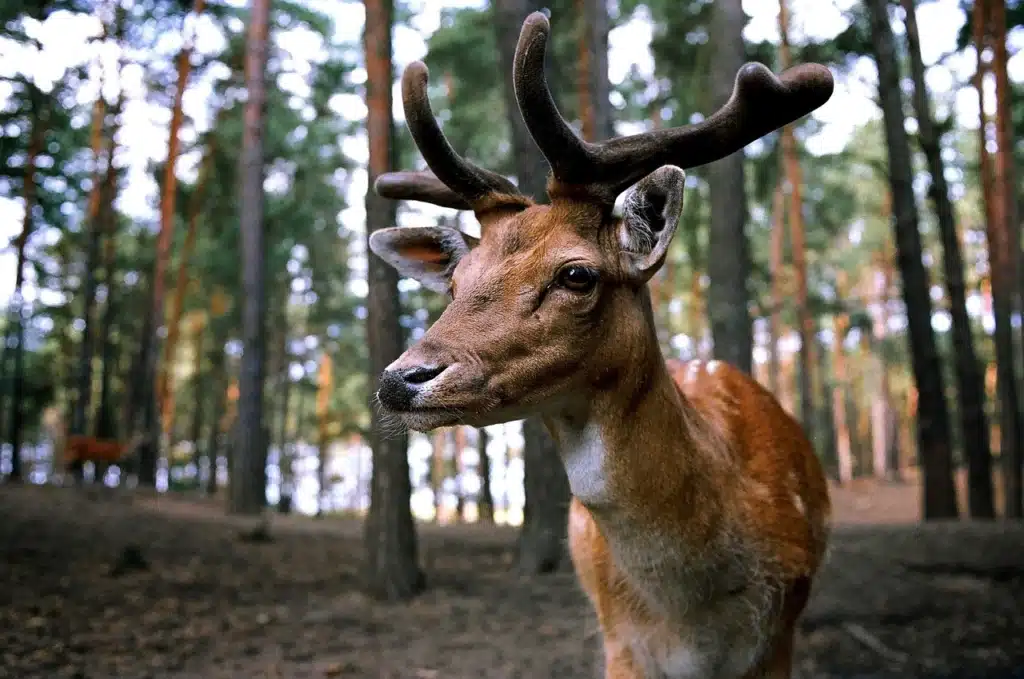
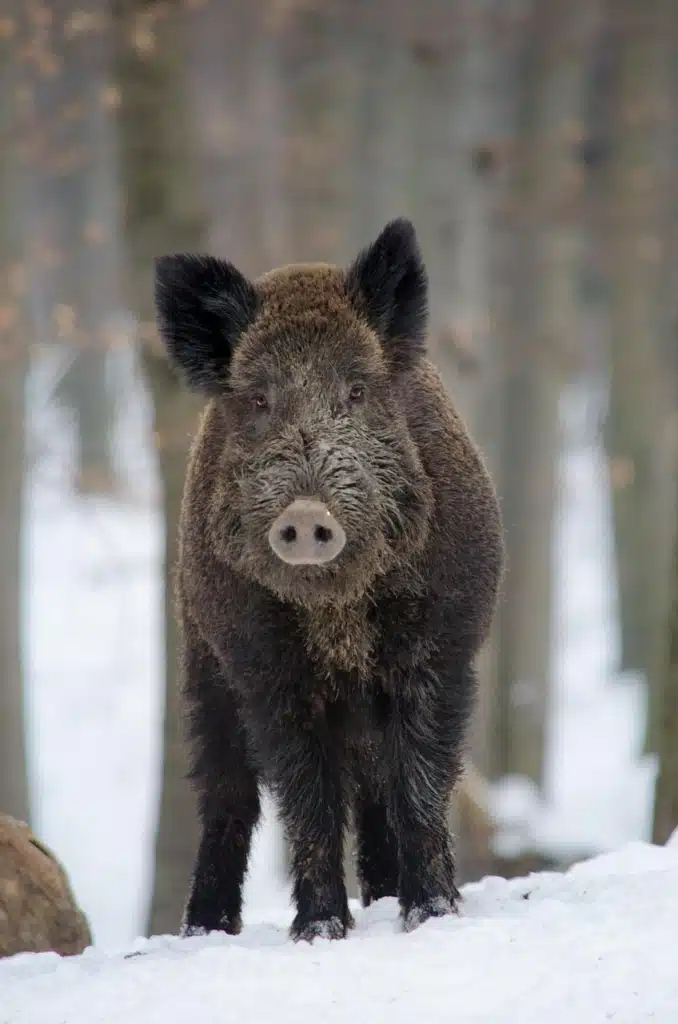
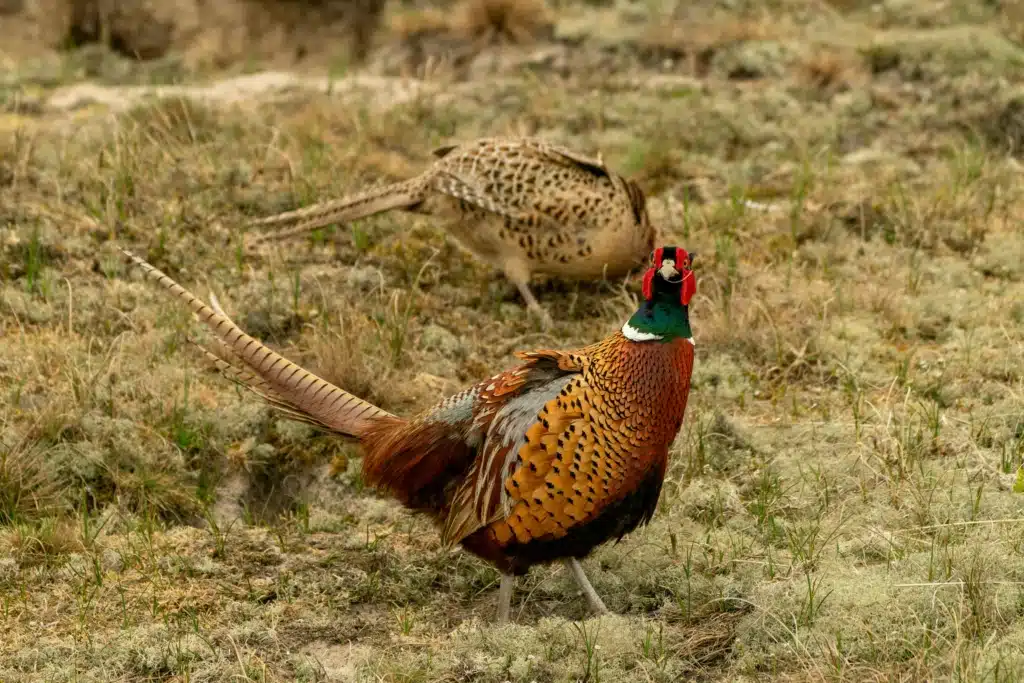
Hunted game meat has seen growing consumer demand due to its reputation as a high-quality, valuable food source that is produced sustainably and locally, aligning with animal welfare standards. In most European regions, the hunting season peaks in autumn and early winter, making game meat a traditional choice during winter feasts.
In light of the ambitious goals of the European Green Deal, which includes measures affecting hunting practices through environmental and biodiversity protection, and the United Nations’ Sustainable Hunting Policy, which emphasises sustainability and citizens’ well-being in economic policy, hunted wild game meat is gaining political importance for its environmental benefits and lower ecological footprint.
Hunters’ role in game meat safety
Despite the growing popularity of game meat, there is still limited scientific knowledge about the food safety and the broader game meat production chain in Europe. The absence of a professional supply chain presents potential risks, including insufficient traceability and inadequate hygiene practices. Hunting training, education, and field practices may vary significantly between countries, and even among regions within the same country, which adds further complexity to ensuring consistent food safety standards across Europe.
Hunters play a crucial role in the game meat production chain, acting as food business operators. They are responsible for the initial assessment of the health of hunted animals and ensuring that the resulting game meat products are both safe and traceable. However, the overall safety of game meat requires careful attention to every stage of the game meat chain (GMC), from the proper selection of the animal in the field, field dressing, and transport, to butchery, preparation, and finally consumption. Several factors can pose risks to game meat consumers’ health, including improper carcass handling, the presence of foodborne pathogens, and contamination from environmental sources or lead-based hunting ammunition.
Introducing SafeGameMeat COST Action
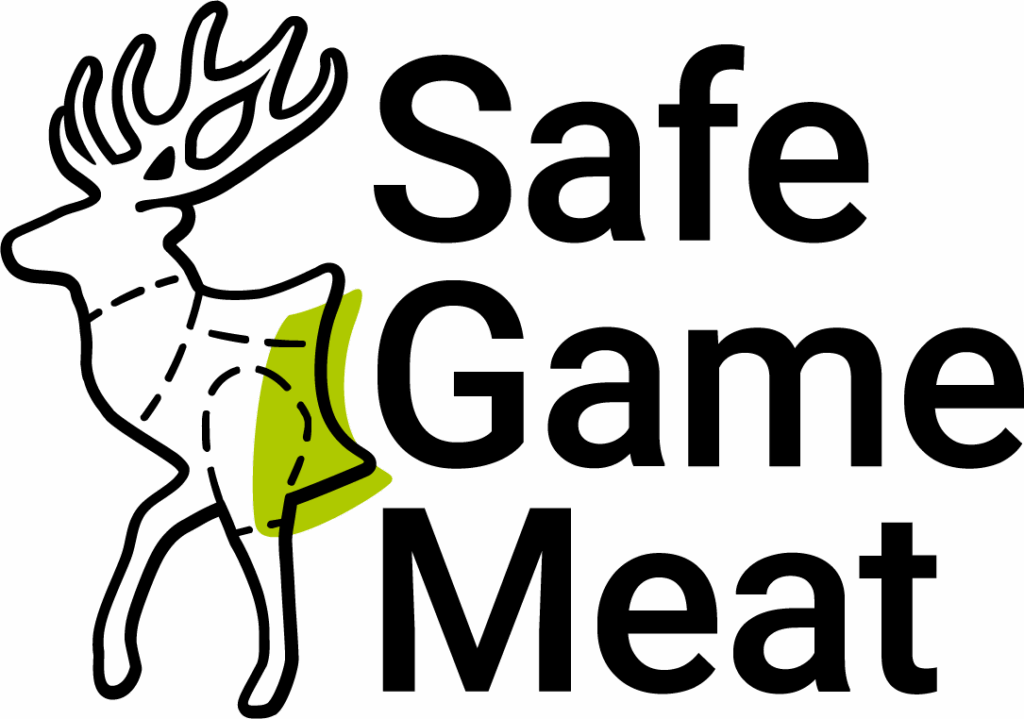
The SafeGameMeat COST Action, launched in 2023, is a European research network that brings together experts from various disciplines, representing more than 34 countries, to assess the risks associated with the consumption of game meat, evaluate the current state of the game meat chain in Europe, and provide best practice recommendations. Network members include researchers, food safety authorities, veterinary and public health professionals, policymakers, wildlife conservationists, as well as representatives of the game meat sector.
The Action aims to promote an evidence-based understanding of game meat safety and support harmonised approaches for reducing risks to game meat consumers.
“Our goal is to enhance the safety and quality of game meat, making it a trusted food source throughout Europe and beyond”
Dr Anneluise Mader, German Federal Institute for Risk Assessment and Chair of SafeGameMeat
The network aims to explore the differences and commonalities among European countries in hunting practices, game meat processing and inspection, legislation, trade, and consumption. By investigating the entire supply chain, “from forest to fork”, the Action seeks to develop a comprehensive understanding of how game meat is produced, handled, and distributed across Europe.
SafeGameMeat will contribute to improved consumer protection and support economic efficiency, for example, by developing best practices to reduce meat waste caused by inadequate handling, cooling, or storage. Enhancing traceability through the game meat chain will improve transparency, strengthen public trust, and ensure higher food safety standards. These efforts are expected to increase consumer confidence and willingness to purchase game meat products.
Based on the knowledge generated, the network aims to provide clear recommendations aligned with current regulations. In the longer term, it may also inform future changes to European legislation that promote sustainable, certified game meat consumption, while upholding food safety and animal welfare standards.
Additional Information
View the Action webpage
View the network website
Follow SafeGameMeat on LinkedIn
